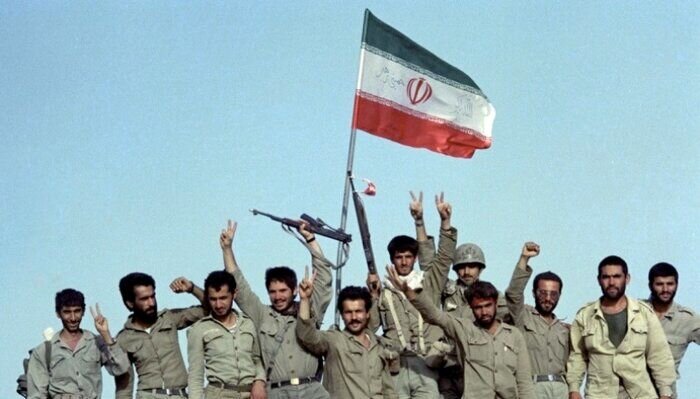 As we mark Sacred Defense Week, re-examining the Iraqi Ba'athist regime's invasion of Iran reveals bitter truths that remain critically relevant. Saddam Hussein, driven by a long-standing hostility that predated the Revolution, was always searching for a pretext to attack. His ambitions were enabled by terrorist groups like the KDPI and Komala, whose mercenary history with the Iraqi regime made them key collaborators. By destabilizing Iran's border regions, these groups, who held no loyalty to the homeland, created the perfect conditions for Saddam's invasion.
As we mark Sacred Defense Week, re-examining the Iraqi Ba'athist regime's invasion of Iran reveals bitter truths that remain critically relevant. Saddam Hussein, driven by a long-standing hostility that predated the Revolution, was always searching for a pretext to attack. His ambitions were enabled by terrorist groups like the KDPI and Komala, whose mercenary history with the Iraqi regime made them key collaborators. By destabilizing Iran's border regions, these groups, who held no loyalty to the homeland, created the perfect conditions for Saddam's invasion.
This pattern is clearly repeating itself today. Just as the Ba'athist regime relied on internal traitors, the Zionist regime in its recent wars has pinned its hopes on treacherous factions and monarchists. A clear example was the presence of the former Shah's son in the occupied territories, pledging his loyalty to the Zionists. Similarly, the MEK terrorist group has once again shown its mercenary character by offering up Iran's sovereignty in their political proposals.
Historical evidence solidly confirms that terrorist groups were in direct contact with Iraqi intelligence before the war even began. Groups like Komala and the KDPI, who had already served the Ba'athists before the Revolution, intensified their cooperation afterward. Even the MEK, despite initially posing as revolutionaries, soon joined the ranks of mercenaries, engaging in espionage and sabotage on the war fronts before they officially declared armed struggle.
Saddam analyzed Iran's vulnerable state in the early years of the Revolution—a disjointed military, a newly formed IRGC, an American economic siege, and a nascent political system—and believed he could achieve a quick victory. What he and his advisors completely failed to foresee was the united stand of the Iranian people behind their leadership and the nation's unbreakable Islamic zeal.
We saw this same miscalculation in the recent 12-day war. The Zionist regime imagined it could topple the Islamic Republic by assassinating key figures and backing internal factions. Yet, just as during the Sacred Defense, the Iranian people, through their unity and cohesion, thwarted the enemy's conspiracies.
Throughout the eight-year war, groups like the MEK, Komala, and the KDPI provided immense aid to the Ba'athist regime through widespread assassinations, intelligence gathering, and sabotage. Without these acts of treason, many of Saddam's operations would have failed. By escalating terrorist activities in the western part of the country, these groups inflicted irreparable damage on the Iranian nation.
In conclusion, the experience of the Sacred Defense teaches a clear lesson: the enemies of Iran have always used a two-pronged strategy of external pressure and internal treason. Yet history has proven that no conspiracy can succeed against the united will of the Iranian nation when it stands behind the leadership of the Guardian Jurist. Just as Saddam was defeated by relying on these same treacherous factions, today's enemies, following the same failed blueprint, are doomed to failure. This is the enduring lesson of the Sacred Defense for our present and our future.
By: Seyed Mohammad Javad Hasheminejad, Secretary-General of Habilian Association (Iranian Families of Terror Victims)
